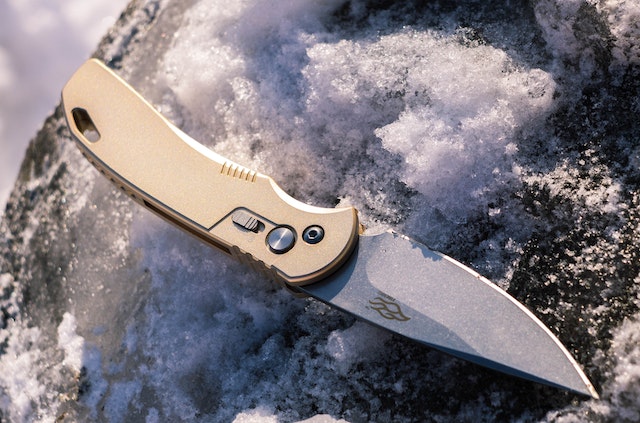The Ultimate Guide to Fabric Cutters: Making Precision Cuts a Breeze

Introduction
When it comes to sewing and crafting, precision is key. Whether you’re a professional seamstress or a DIY enthusiast, having the right tools can make a world of difference in the quality and efficiency of your projects. Fabric cutters are one such tool that can help you achieve clean and precise cuts, saving you time and effort. In this blog, we’ll explore the world of fabric cutters, their types, benefits, and how they can elevate your sewing game.
1. Types of Fabric Cutters
There are several types of fabric cutters available in the market, each designed for specific cutting tasks. Here are some of the most common types:
a. Rotary Cutters
Rotary cutters are hand-held tools equipped with circular blades. They are ideal for cutting straight lines and curves with precision. Rotary cutters come in various blade sizes, making them versatile for different fabric types and thicknesses.
b. Electric Fabric Cutters
Electric fabric cutters are powered by electricity and are designed to effortlessly cut through multiple layers of fabric. They offer high-speed cutting and are perfect for cutting large quantities of fabric quickly.
c. Scissors
While not technically a fabric cutter, scissors are essential tools in any sewing kit. They come in various sizes and designs, including pinking shears for decorative edges and embroidery scissors for intricate details.
d. Die-Cutting Machines
Die-cutting machines are versatile tools used for cutting fabric, paper, and other materials. They operate by pressing a die (a metal or plastic template) onto the fabric, creating precise and uniform shapes.
2. Benefits of Fabric Cutters
Fabric cutters offer several advantages that can significantly improve your sewing experience:
a. Precision
Fabric cutters, especially rotary cutters, provide precise cuts that are challenging to achieve with scissors. This accuracy ensures that your fabric pieces fit together perfectly, resulting in a professional-looking finished product.
b. Speed
Electric fabric cutters and die-cutting machines can cut through fabric quickly, reducing the time required for cutting large projects. This speed can make sewing more enjoyable and efficient.
c. Reduced Fatigue
Using a fabric cutter can significantly reduce the strain on your hands and wrists, especially when cutting through thick or multiple layers of fabric. This ergonomic advantage allows you to work on your projects for longer periods without discomfort.
d. Efficiency
Fabric cutters enable you to cut multiple layers of fabric simultaneously, ensuring that all your pieces are identical in size. This saves both time and fabric, as there’s minimal material wastage.
3. Tips for Choosing the Right Fabric Cutter
When selecting a fabric cutter, consider the following factors:
a. Type of Projects
The type of projects you work on will influence your choice of fabric cutter. If you frequently handle intricate designs, a rotary cutter might be your best bet. However, if you focus on large-scale projects, an electric fabric cutter or die-cutting machine could be more suitable.
b. Blade Size and Material
Different fabric cutters come with varying blade sizes and materials. Choose a cutter with blades that are appropriate for your fabric type and thickness.
c. Ergonomics
Consider the ergonomics of the fabric cutter, especially if you have hand or wrist issues. Look for models with comfortable handles and easy-to-use controls.
d. Brand and Reviews
Research and read reviews about different fabric cutter brands to find reliable and durable options. High-quality cutters are an investment that will serve you well over time.
4. Maintaining Your Fabric Cutter
Proper maintenance ensures that your fabric cutter continues to perform optimally. Here are some maintenance tips:
a. Blade Care
Regularly replace or sharpen the blades as needed to maintain clean cuts.
b. Cleanliness
Clean your fabric cutter after each use to remove fabric lint and debris that can affect its performance.
c. Storage
Store your fabric cutter in a safe place, away from children and pets, to prevent accidents and prolong its lifespan.




